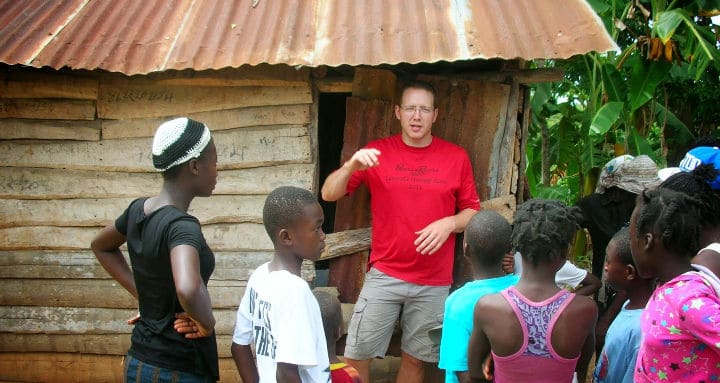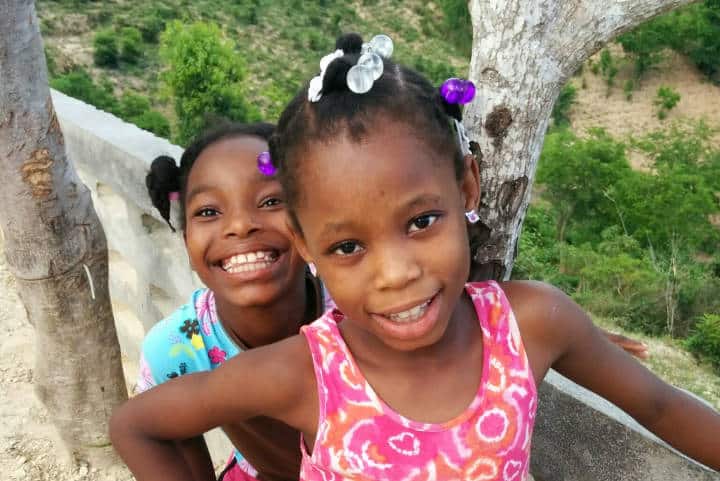
This post describes how our Haiti mission team used the Canon Selphy CP910 to print digital photographs using only batteries and a smartphone camera.
This same project would be super easy for any outreach event at church. If it works in Haiti, it could work anywhere. I’d love to hear your feedback, especially if you have done something similar. Just leave me a comment. Your questions are welcome too!
Printing Demonstration (back home)

Here’s the equipment we used. Total cost was around $350 for supplies and equipment (not including our personal smartphones). But next time it will just be more paper. These links all point to Amazon.
- Canon SELPHY CP910
- Two compatible batteries and charger / adapter
- Film & ink
- Android or iPhone for direct connect (SD cards work too with other digital camera)
- Canon EPP app (Android or iTunes App)
- Backpack for easy hiking
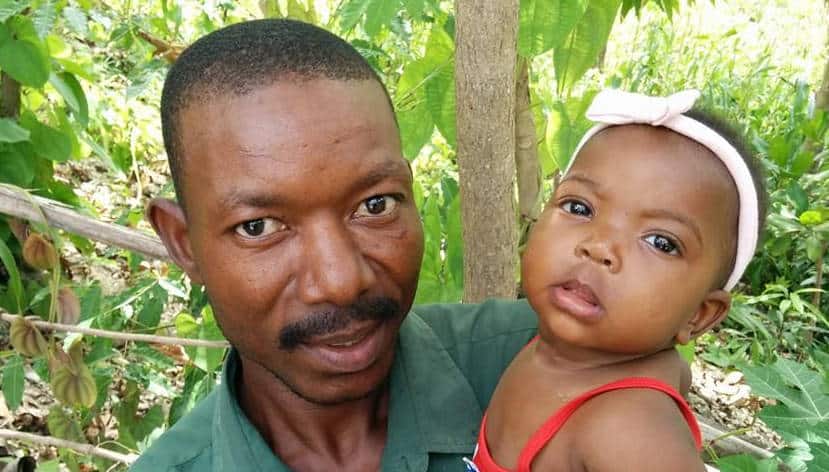
Before I get into the details, let me explain the need. Our friends in rural Haiti are rich in many ways. They have strong community among neighbors, church and family. They have a rich life in some ways that Americans do not. However, the comforts of modern life are rare. Most homes are small and material possessions are few. Not many rural Haitians have access or resources for printed photographs. Children grow up with no albums. Relatives move away with no photos of home. Loved ones pass away leaving only a memory.
Family photos are not a lifesaving need, but they do offer hope and some dignity. People are beautiful, especially the people we love. When a young girl proudly holds her momma’s photo and says, “My mom is so beautiful.” That’s when you know the gift was priceless. This mission project was a simple way to serve families, even when you can’t speak their language.
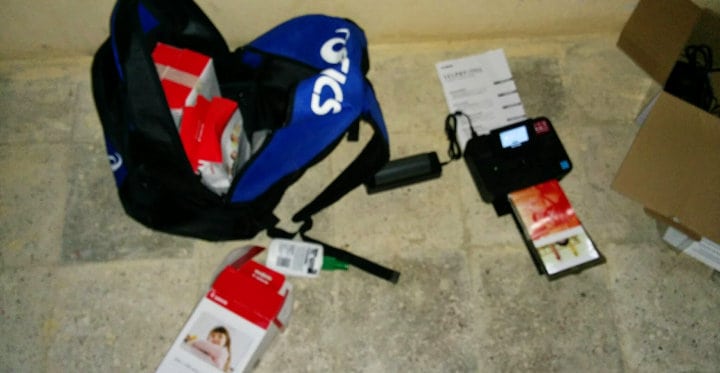
The setup was not complicated. We did it wireless direct to printer from phone.
- Take pictures with smartphone
- Use the share to Canon EPP app
- Wait for photo to print
- Repeat
You don’t need a real wifi network because the printer creates it’s own short range wifi network (not Internet) that your smartphone will use to connect and transfer the photos. Just follow the “direct connect” directions that come with the printer.
Testing the system ahead of time was essential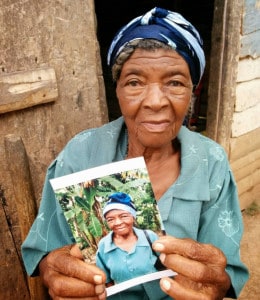 ntial. This allowed me to work out the learning curve and make sure our phones had the right software. The printer comes with a small sample of ink & paper. This gives you a good chance to practice changing the paper and replacing the ink film.
ntial. This allowed me to work out the learning curve and make sure our phones had the right software. The printer comes with a small sample of ink & paper. This gives you a good chance to practice changing the paper and replacing the ink film.
We took the easy route (click and print) but if you like to edit photos on your iPad or laptop you could do so much more. The Canon SELPY can print from so many different devices and most of your photo editing apps. Software comes on a CD to install on your laptop.
The photo quality is good and water resistant, similar to an instant print kiosk at the local pharmacy here in the USA. The key was our whole project was battery powered. As long as we could recharge at the mission house at night, we could print about 150 photos during the day. That would be a solid 2 hours of work between printing and arranging the subjects.
Our main goal was to take family photos after church and during the week at our worksites. To practice, we made pictures for the children at the orphanage connected to our guest house. In total, we printed 600 digital photographs throughout the week. The main limiting factor was printer time. It was one minute per print, including transfer time and actual printer speed.
This is ideally a two person project, or three if you need a translator. While printing from the phone you won’t be able to take additional pictures. Our second photographer (with his own smartphone) was able to take several shots while I was printing. Then he would batch print his pictures while I took more. This tag team approach served us well.
Learning the basics of Haitian Creole will help – especially how to say your name in Creole.
We soon learned that our Haiti friends had their own cell phone photos they wanted to print. But they didn’t have the printer software or adapters for their micro SD cards. Eventually, we discovered Bluetooth was the best option – they sent the pictures to my phone and they I printed them.
Photo cropping was a small issue because my capture size was a slightly different dimension than the print. Editing was possible, but for speed our process was shoot and print directly. After a few prints we learned to keep a little room on the border of each subject.
After the trip, our local newspaper wrote a short article about the trip. Click here to see it yourself.
Just for fun – that’s my picture below giving directions while a set of pictures printed. The kids named me “Foto Tony” and the name followed me around the community. I can’t wait to get back!
